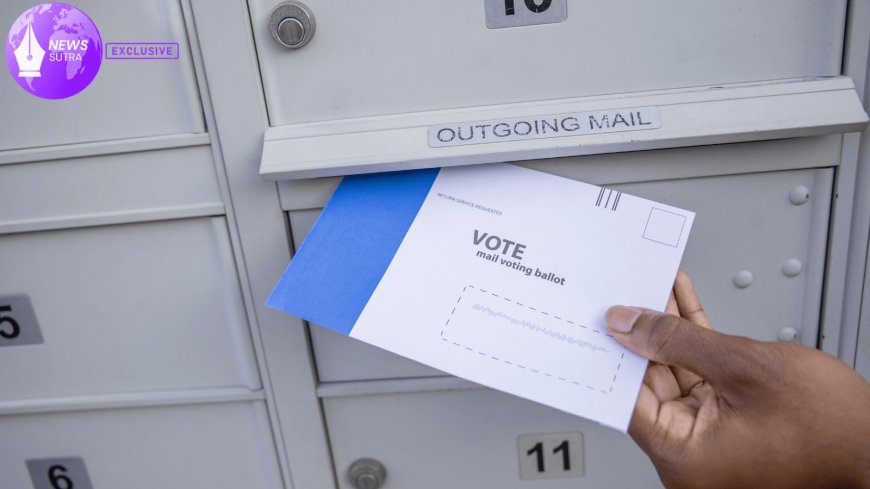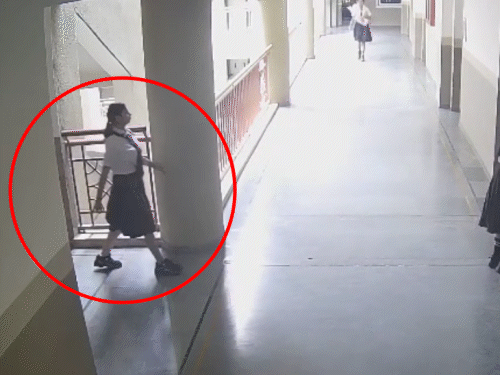Fact-Checking Trump’s Mail-In Voting Claims: Global and Historical Context
A fact-check of Trump’s mail-in voting claims shows the U.S. is not unique. Historical and global comparisons reveal widespread use of mail ballots in democracies worldwide.

Former President Donald Trump has once again sparked debate over the legitimacy of mail-in voting in the United States. In a recent interview, Trump claimed that the U.S. is “unique” in allowing large-scale mail ballots, suggesting that this system undermines election integrity. A closer examination, however, reveals that these assertions misrepresent both global practices and America’s own electoral history.
Trump’s Core Claims
Trump has argued that no other major democracies allow widespread mail-in ballots, often pointing to fraud risks as his chief concern. He insists that voting in person is the only secure method, framing mail ballots as an American anomaly.
But experts and fact-checkers have found that these claims are misleading at best. Data from international election monitoring groups and the National Conference of State Legislatures (NCSL) shows that several democracies not only use mail-in voting but in some cases rely on it as their primary voting method.
Global Voting Comparisons
Far from being alone, the U.S. is part of a global trend in expanding absentee and postal voting. Countries like Switzerland, Germany, and Canada have long-standing systems that allow citizens to vote by mail with strong security checks. In fact, Switzerland has conducted national elections entirely by mail in certain cantons for decades.
Even Australia, which enforces compulsory voting, permits mail-in ballots for citizens unable to vote in person. Similarly, Germany reported that over 40% of voters used mail ballots in its 2021 federal elections.
The notion that the United States is unique is not supported by global data. What is unique, however, is the political polarization surrounding the practice in the U.S., where one party largely defends the system and the other casts doubt on its legitimacy.
A U.S. Historical Perspective
Mail-in voting is not a new experiment. The practice dates back to the Civil War, when Union soldiers were allowed to cast absentee ballots from the battlefield. Since then, the system has evolved, expanding during both World Wars and further in the 1970s with the introduction of “no excuse” absentee voting in some states.
By 2020, amid the COVID-19 pandemic, over 65 million Americans voted by mail — nearly half of the total electorate. That year saw increased scrutiny, but multiple audits and court challenges upheld the integrity of results, including key battleground states where Trump disputed outcomes.
Security Measures in Place
Trump often raises concerns about fraud, but Bipartisan Policy Center research shows that documented cases of voter fraud through mail ballots remain extremely rare. Safeguards such as signature verification, ballot tracking systems, and strict deadlines provide multiple layers of security.
Election officials across states continue to emphasize that while no system is perfect, mail-in voting is as secure as in-person voting when administered correctly.
Why This Matters
The debate over mail-in ballots has become central to broader conversations about election integrity in America. While Trump frames the U.S. as an outlier, the reality is more complex. Other democracies have proven that large-scale mail voting can be both secure and effective. America’s challenge is not uniqueness but trust — specifically, whether citizens believe in the system regardless of political rhetoric.
As the nation looks ahead to the 2026 midterms, the clash over voting methods is unlikely to fade. Instead, expect campaigns to amplify the conversation, with some candidates urging expansion of vote-by-mail access and others pushing restrictions.
Visualizing the Facts
Analysts recommend presenting this data with infographics:
-
Timeline of U.S. mail-in voting: From the Civil War to 2025.
-
Global comparisons chart: Countries using widespread postal voting.
-
Fraud statistics breakdown: Demonstrating the rarity of confirmed fraud cases.
Such visuals help voters distinguish fact from rhetoric in an increasingly noisy information environment.
What's Your Reaction?
 Like
0
Like
0
 Dislike
0
Dislike
0
 Love
0
Love
0
 Funny
0
Funny
0
 Angry
0
Angry
0
 Sad
0
Sad
0
 Wow
0
Wow
0







































































